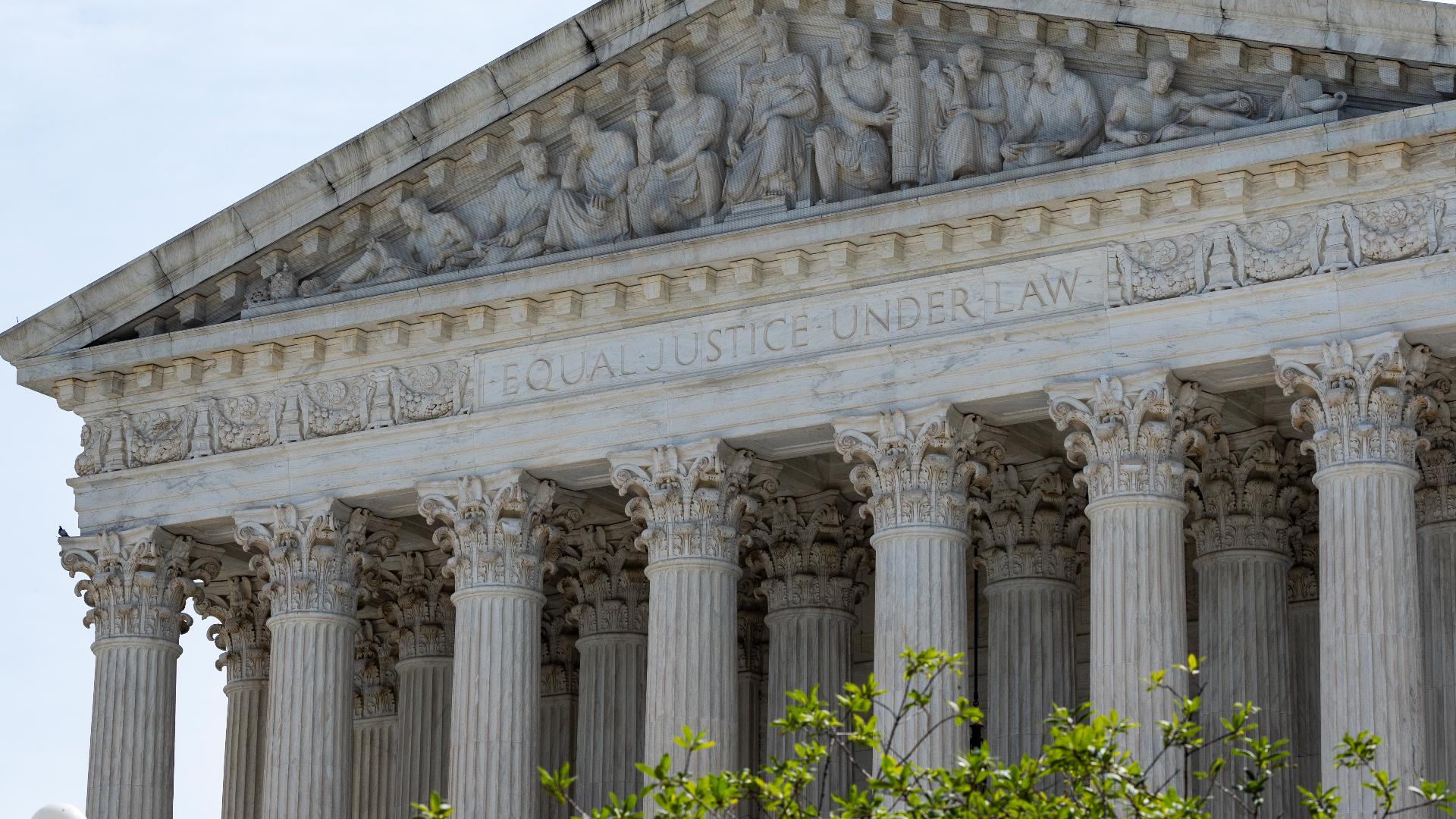The Chevron Decision and Its Legal Significance

The Chevron decision, issued by the U.S. Supreme Court in 1984, holds great significance in the realm of administrative law and judicial review of agency actions.
The case arose when Chevron U.S.A., Inc. challenged the Environmental Protection Agency’s (EPA) interpretation of the Clean Air Act.
Background and Context, The chevron decision
Prior to the Chevron decision, courts applied the “arbitrary and capricious” standard of review to agency actions. This standard allowed courts to overturn agency interpretations if they found them to be unreasonable or unsupported by the law.
However, the Chevron decision introduced a two-step framework for judicial review of agency interpretations:
- Step 1: Determine whether the statute is ambiguous.
- Step 2: If the statute is ambiguous, defer to the agency’s interpretation if it is reasonable.
The Chevron Decision and its Impact on Regulatory Agencies

Regulatory agencies play a crucial role in the United States by overseeing various industries and ensuring compliance with laws and regulations. They possess the authority to issue rules and enforce standards, often impacting businesses and individuals significantly.
The Chevron Decision and Regulatory Authority
The Chevron decision, issued by the Supreme Court in 1984, has had a profound impact on the authority of regulatory agencies. The decision established the “Chevron deference” doctrine, which requires courts to defer to the interpretation of statutes by agencies responsible for their administration.
Under the Chevron doctrine, courts will defer to an agency’s interpretation of a statute if it is reasonable and not arbitrary or capricious. This deference gives agencies broad discretion in implementing and enforcing laws, allowing them to adapt to changing circumstances and technological advancements.
Implications for Future Regulatory Actions
The Chevron decision has significant implications for future regulatory actions. It strengthens the authority of agencies to interpret and enforce laws, potentially giving them more power to regulate industries and protect public interests.
However, the decision has also raised concerns about the potential for agencies to overreach and impose excessive regulations. Critics argue that the deference granted by Chevron can lead to agencies making decisions that are not in the best interests of the public or businesses.
The Chevron decision continues to shape the relationship between regulatory agencies and the courts. Its impact will likely continue to be debated as agencies navigate the complex task of balancing regulatory authority with the need for accountability and transparency.